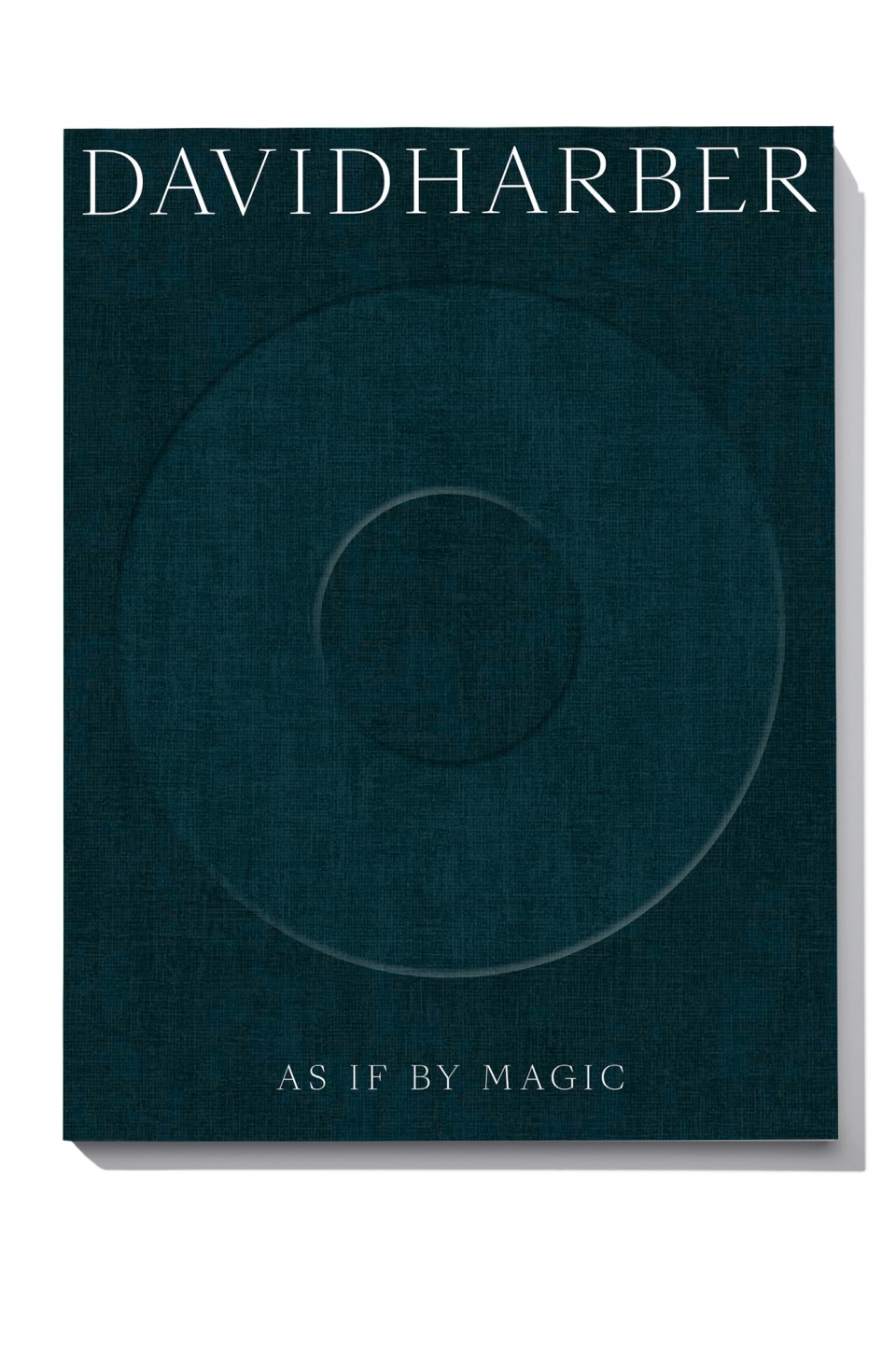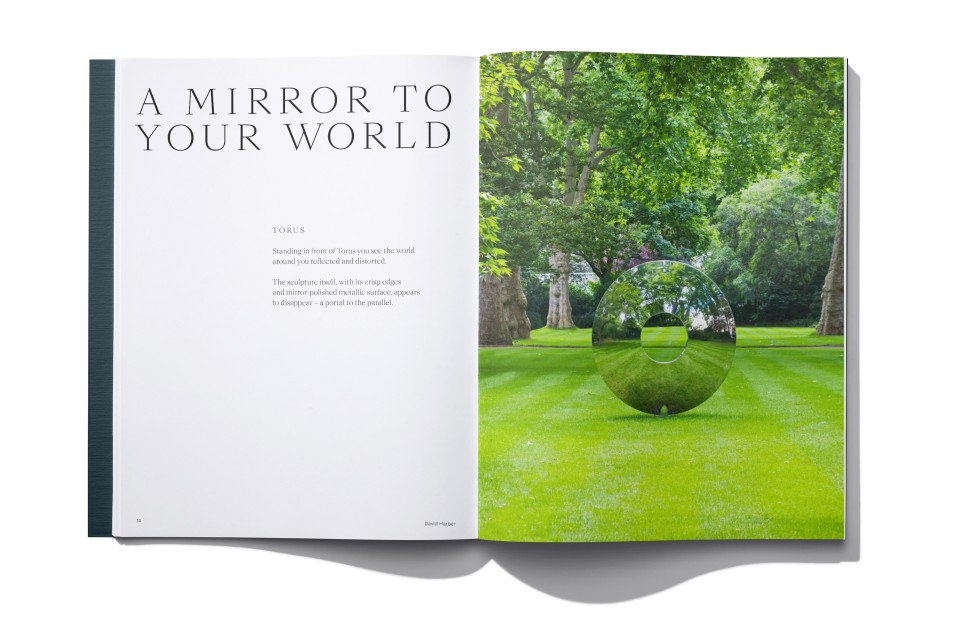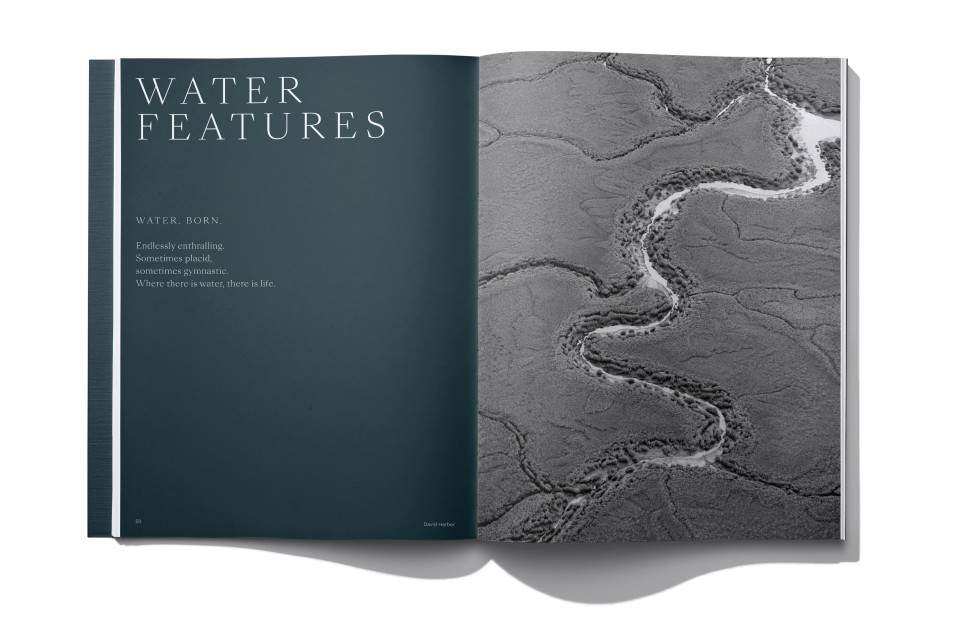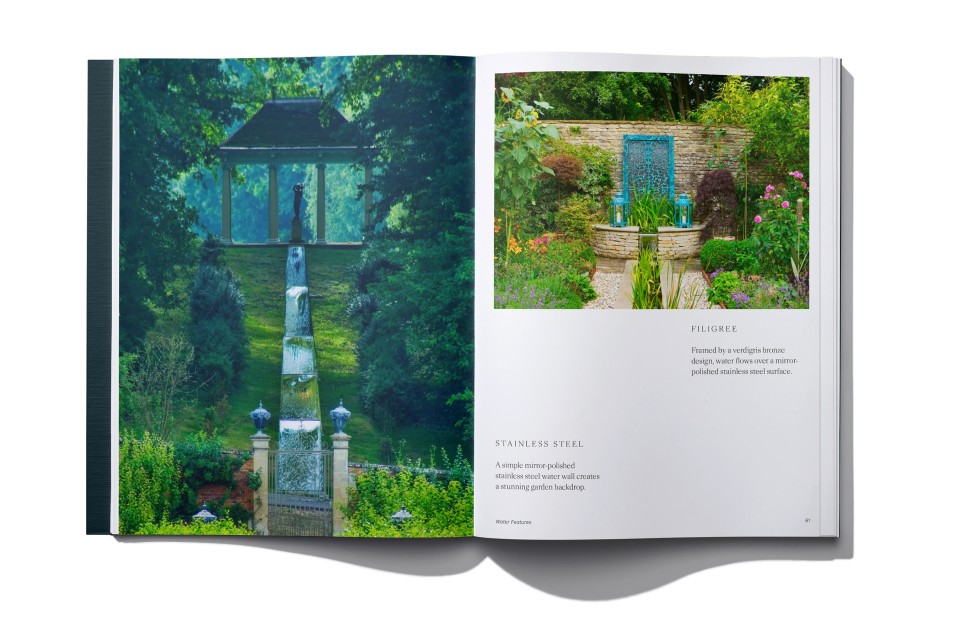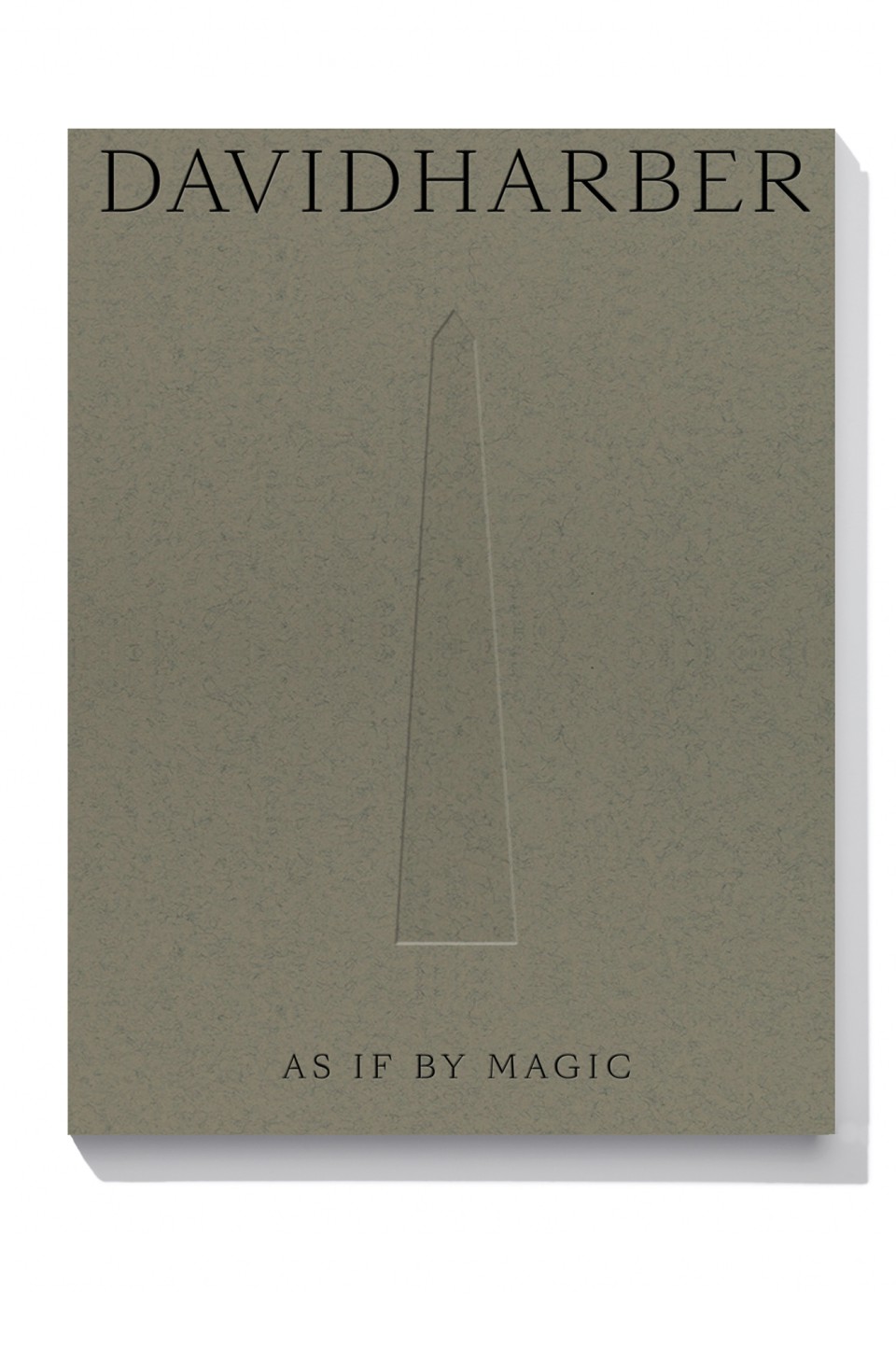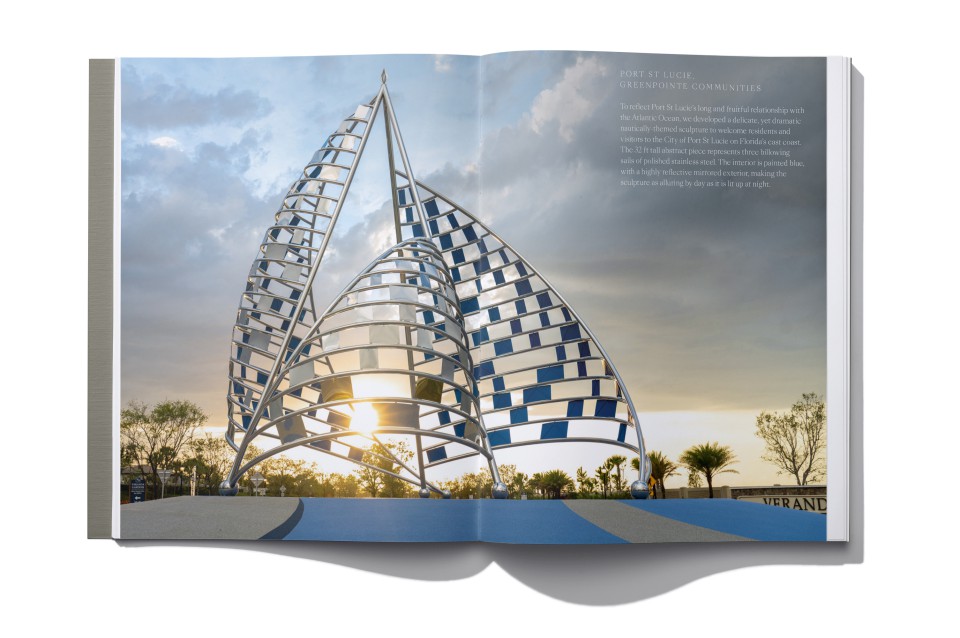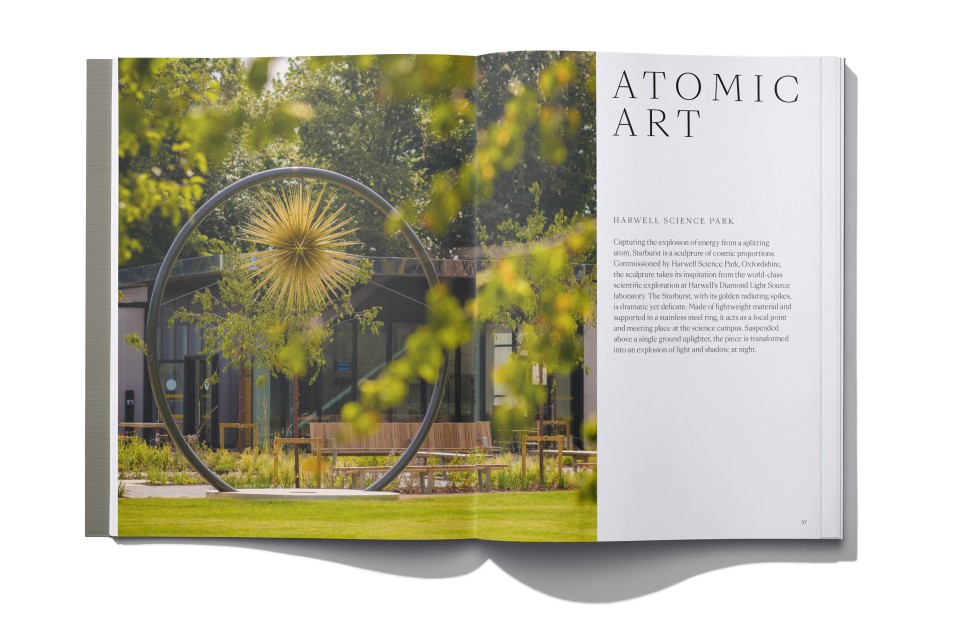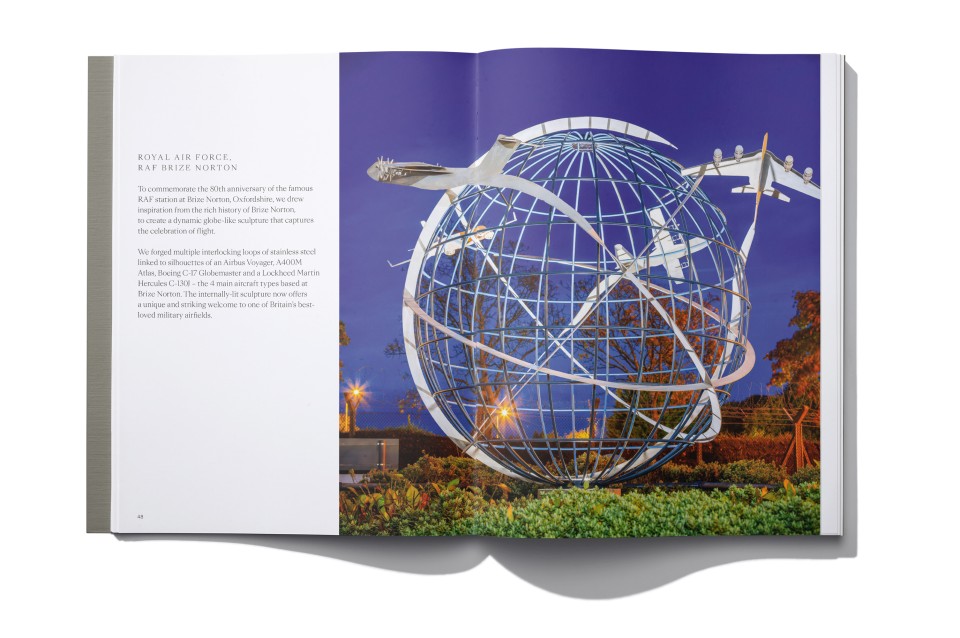All Sundials
Enthralling in their beauty and precision, our garden sundials and armillaries make conversation with the heavens, and make sense of time.

Armillary 30
Armillary 30 is an innovative and interactive take on David Harber’s first-ever sculpture, the iconic Armillary Sphere, to mark 30 years.

Personalized Inscriptions
Whether you’re buying a classic piece or commissioning a custom one, your David Harber will be unique to you. If you would like to add a personalized inscription, we will work closely with you to make sure you get exactly what you want.

Armillary Sphere
David Harber’s interpretation of the traditional armillary sphere is a contemporary statement of classical values.
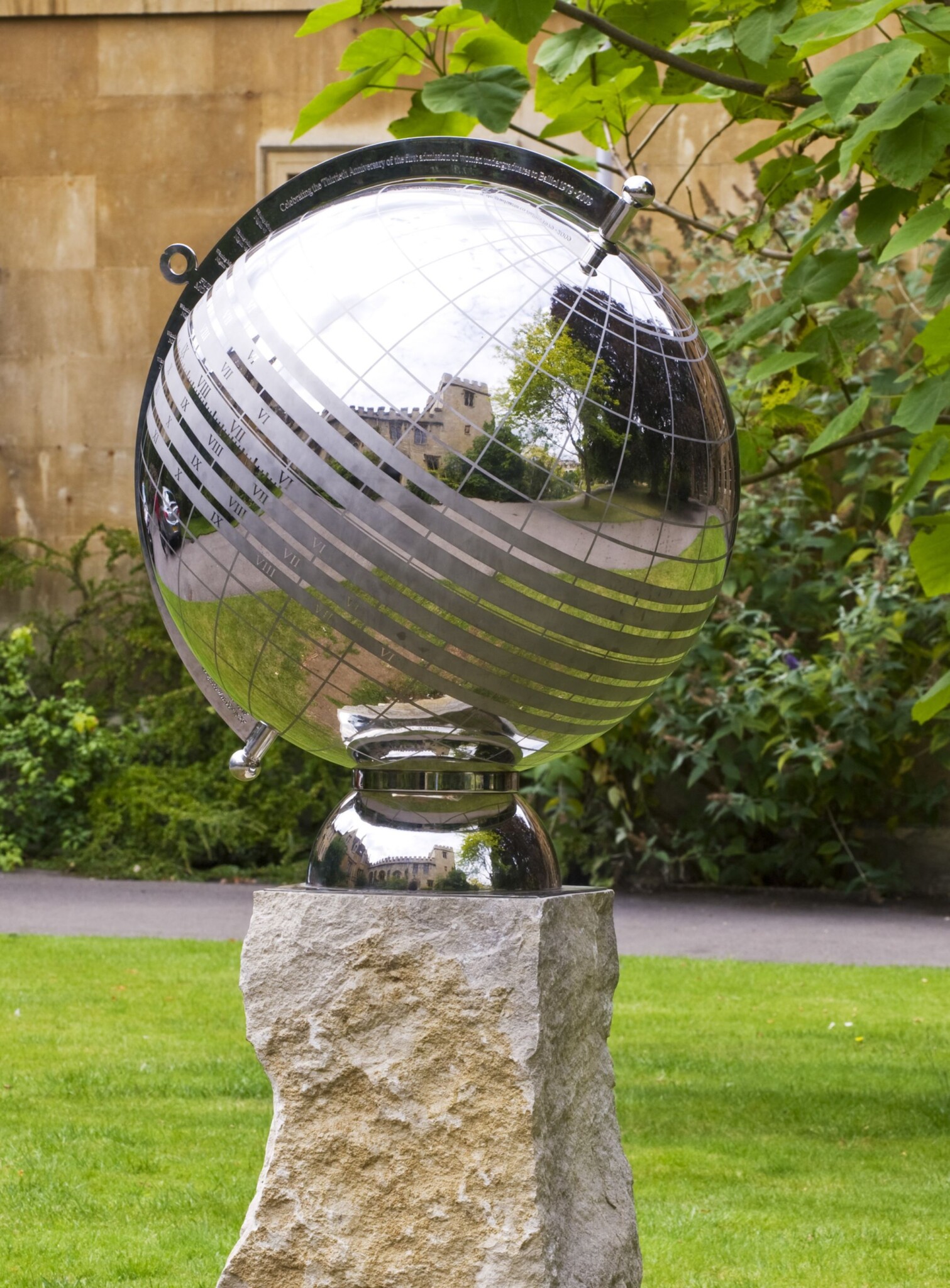
Globe
The globe sundial beautifully depicts the world’s rotation with artful precision.
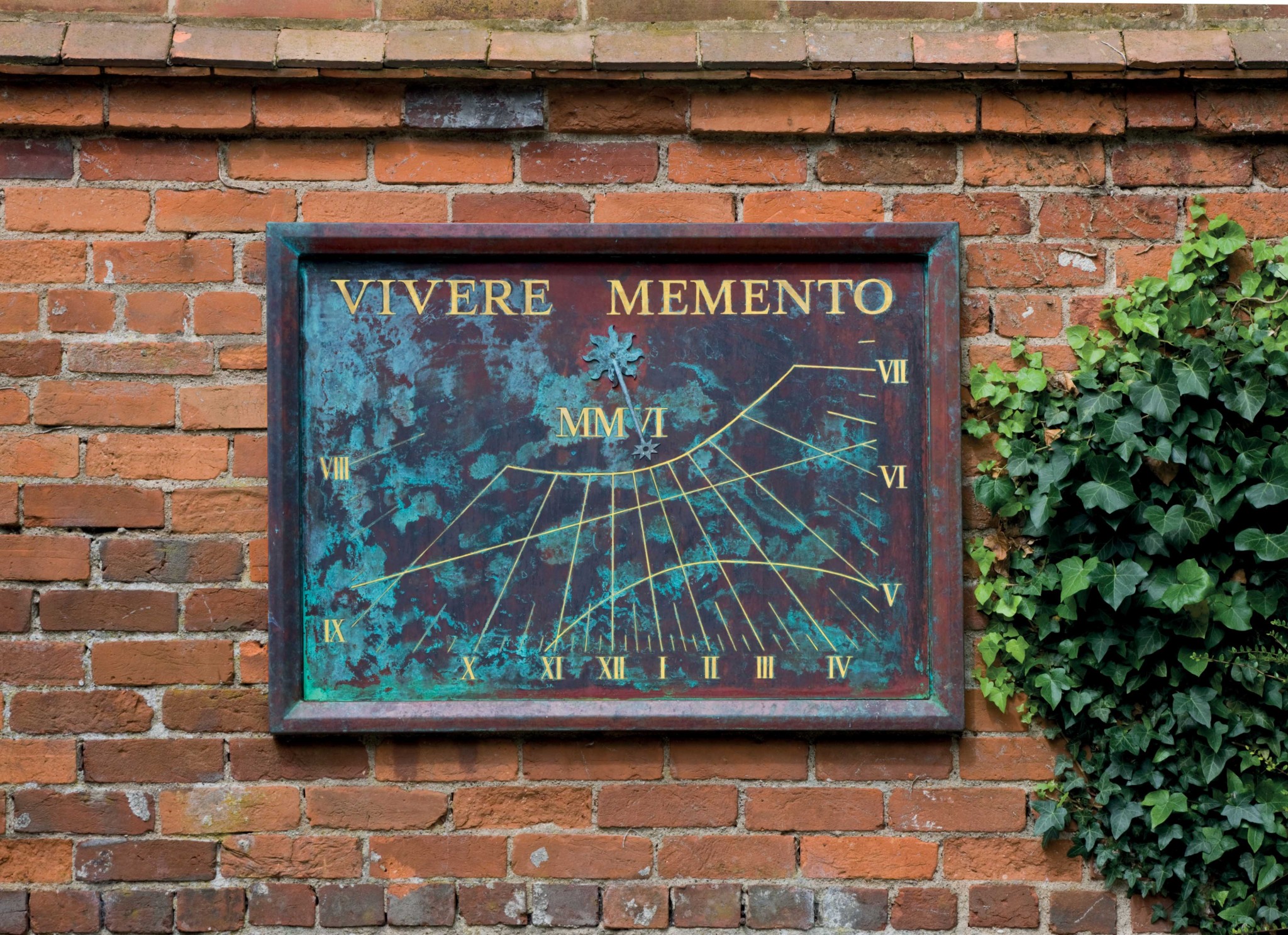
Vertical Dial
A working timepiece, we make vertical sundials from many different materials, including slate, stone and copper.
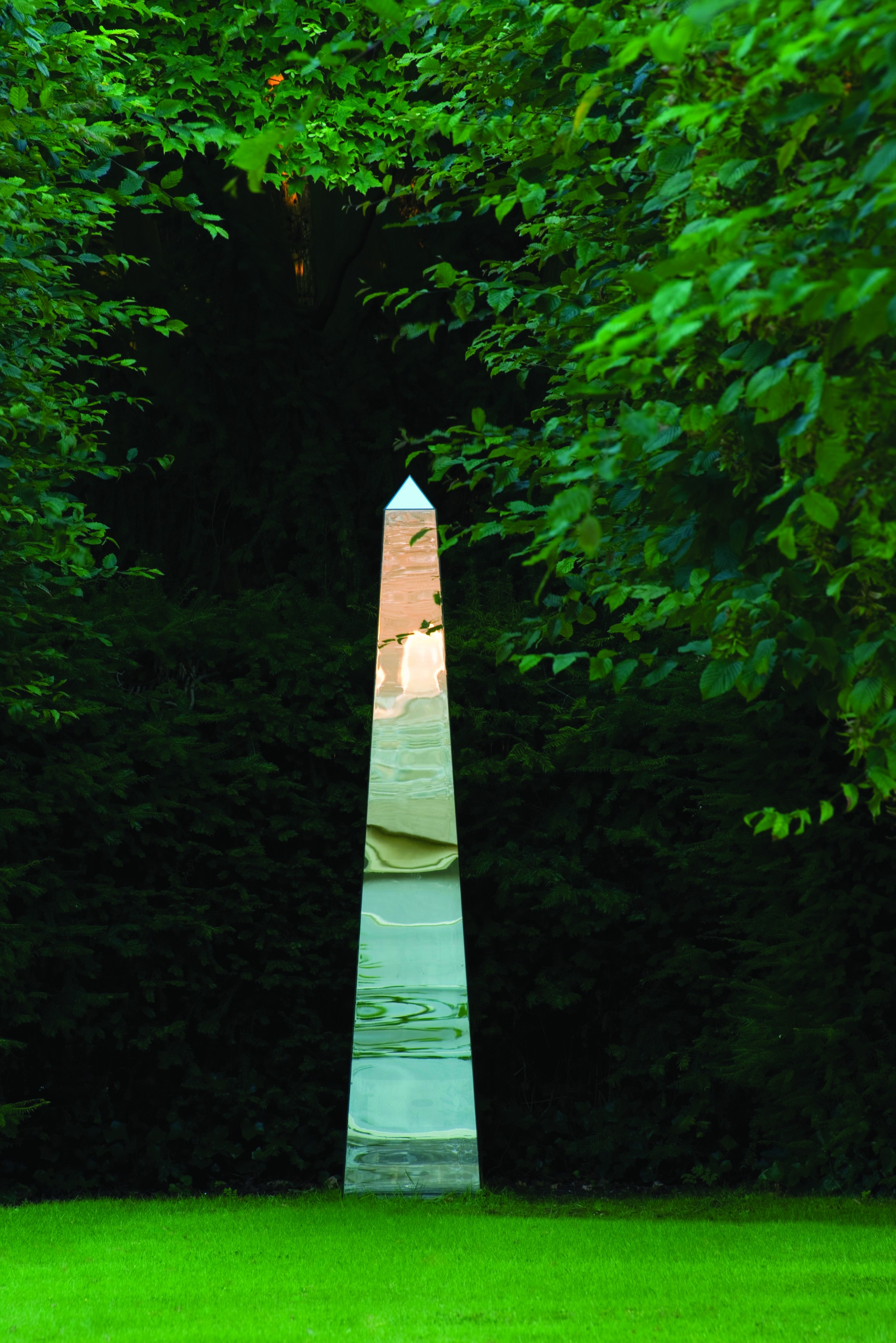
Obelisk
Strikingly similar to a single silver sunbeam, the elegant Obelisk brings light whilst creating shadows.
Portals to another place
David Harber garden sculptures are carefully handcrafted in a range of stunning, durable materials. Whether it’s marine-grade, mirror-polished stainless steel, heather-blue Welsh slate, Carrera marble or Cotswold stone, each finish is meticulously chosen for its durability and aesthetic qualities.
The magic of conversation
Whether you’ve decided on a piece, or you just want to sound out any aspect of our work, then please do get in touch.
